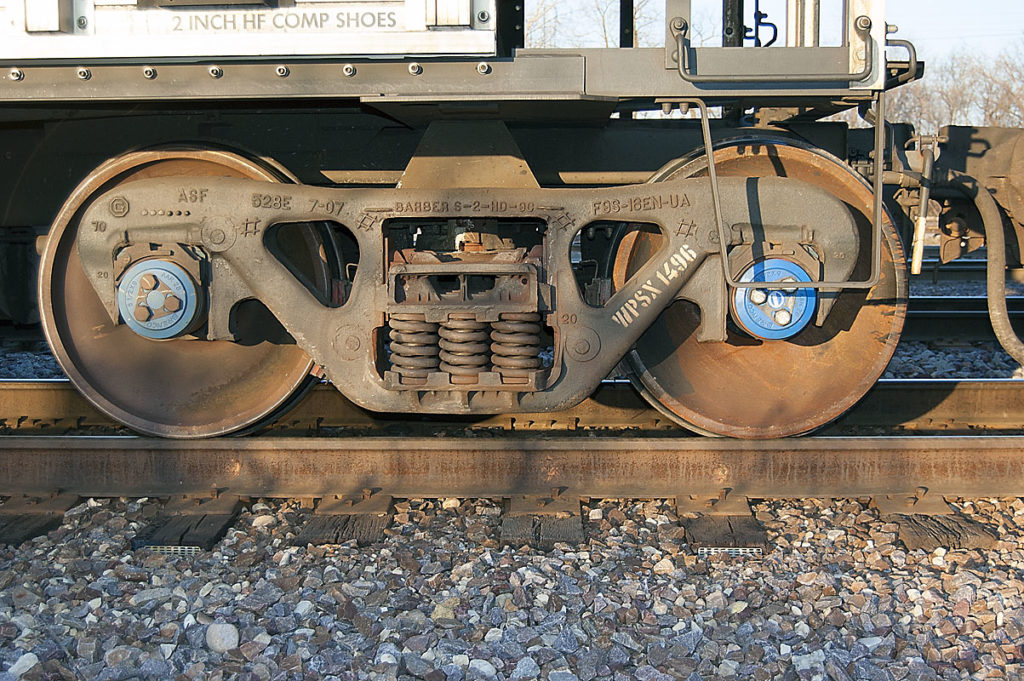
Two blue end caps for bearings made by Amsted Rail’s Brenco Inc. appear on a freight car truck at the Union Pacific’s Butler Yard in Wisconsin. Steve Sweeney Q What is the significance of the blue paint that I see on the rotating bearing caps on freight car wheelsets? – Tito Porfiri, Olney, Md. A […]
Read More…
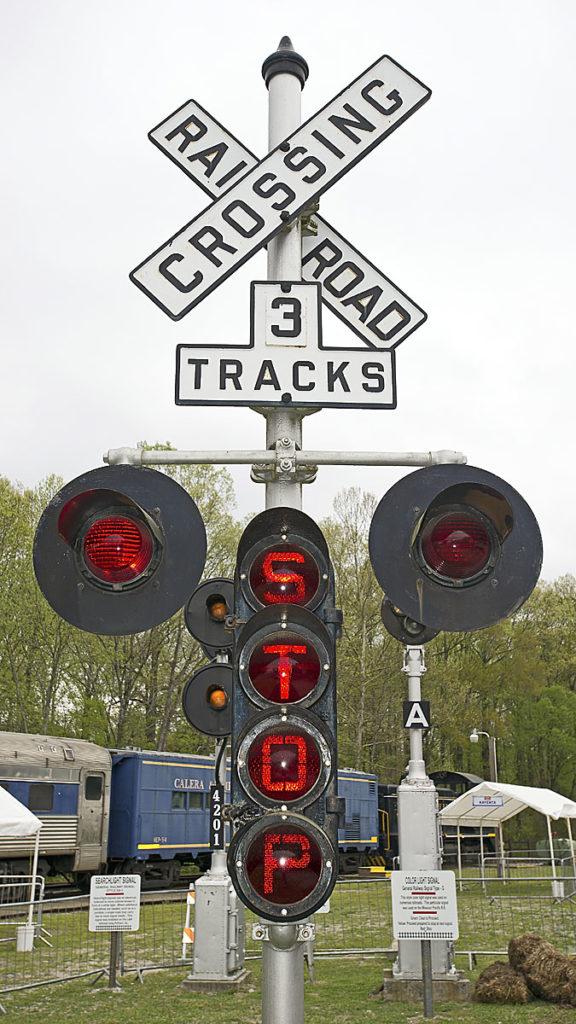
A less common crossing signal warned motorists of oncoming trains by blinking “stop.” Kevin King Q As a child in the 1950s and 1960s, I saw a number of railroad grade crossings on the Wabash that were protected by a row of vertical lights on the signal mast in addition to the standard red alternating […]
Read More…
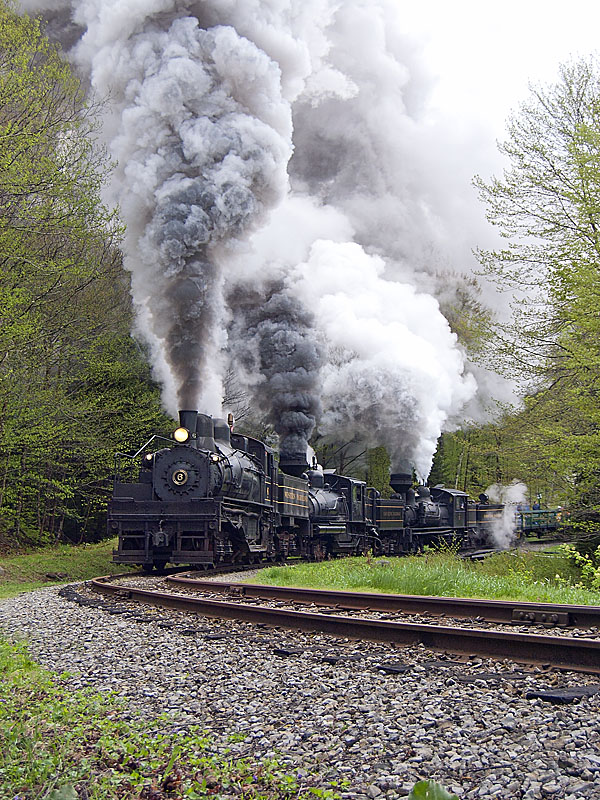
On West Virginia’s Cass Scenic Railroad, engine crews with three Shay locomotives signal each other with whistles for moves and stops. Steve Sweeney Q In the days of steam, when railroaders didn’t have radios or other one-to-one communication, how did the engineer on the lead locomotive communicate to the engineers in the “helper” locomotives as […]
Read More…
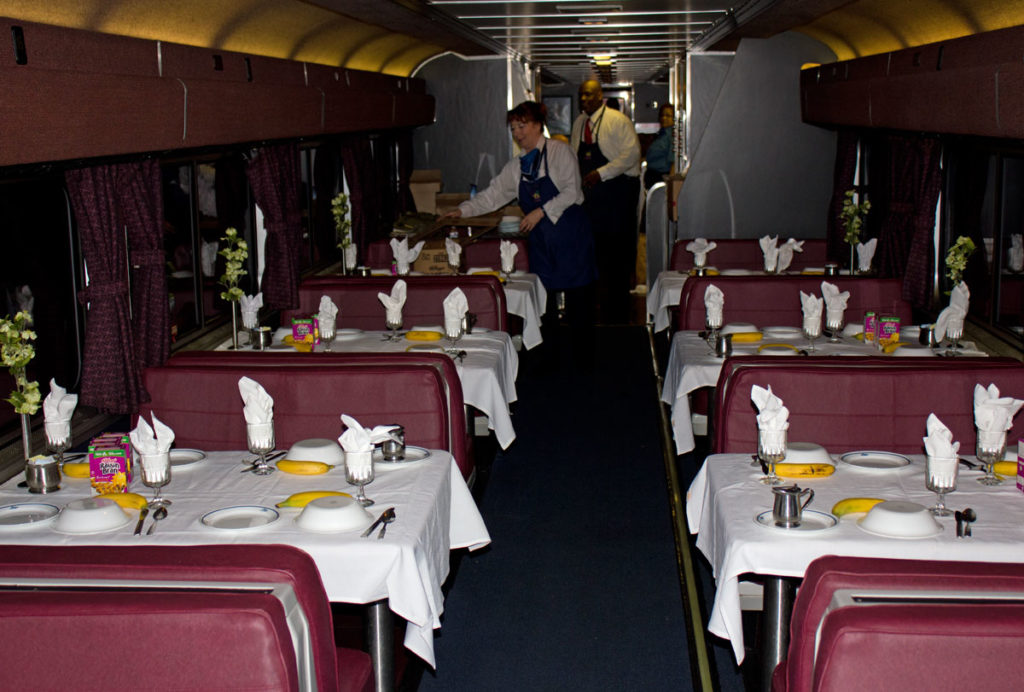
A dining car crew sets up for breakfast on the ‘Auto Train’ in 2012. Al DiCenso Q Having been a tipped employee, I know how important service and tips are to customers and employees alike. What would be an appropriate tip for average service for one guest in a roomette? What about tipping for meals […]
Read More…

SD70ACe No. 1111 Randy Olson Q I recently saw a Norfolk Southern locomotive passing through Vermillion, Ohio, with only four vertical stripes on the cab where a unit number should be. Can you explain what this designation is? — Joseph McCormick, Oberlin, Ohio A The stripes are really four “1s” for NS’s SD70ACe No. 1111. […]
Read More…
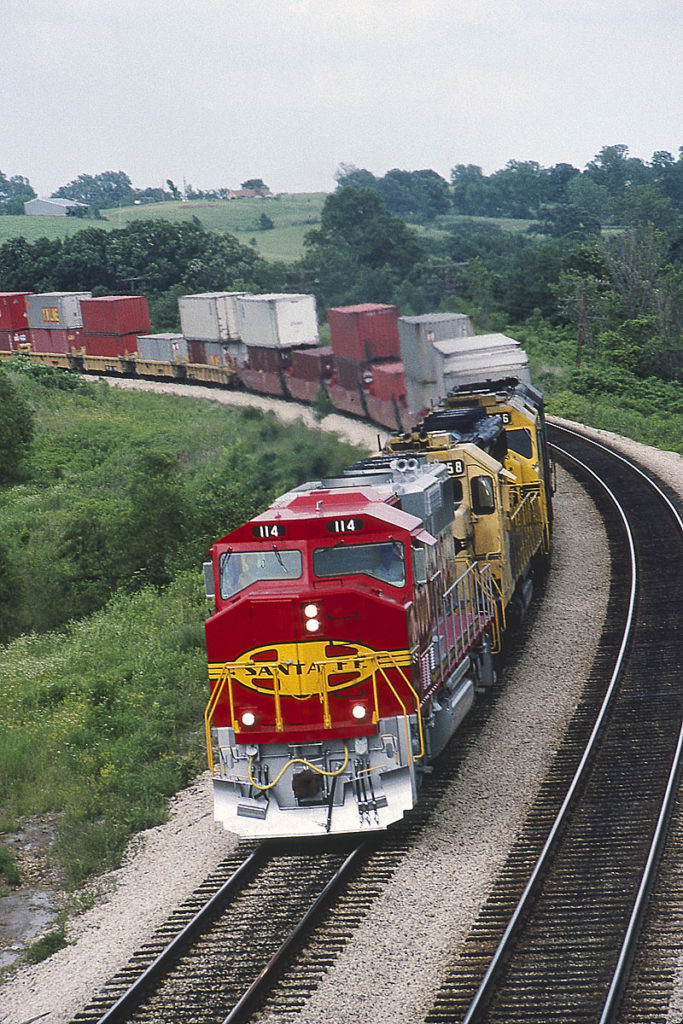
On June 16, 1990, Santa Fe Railway GP60M No. 114 leads a westbound intermodal train near Ethel, Mo. These locomotives were originally purchased for intermodal service and have since been transitioned by the railroad to switching duties. Tom Danneman Q I’m a fan of BNSF Railway and have seen their ex-Santa Fe GP60Ms used in […]
Read More…
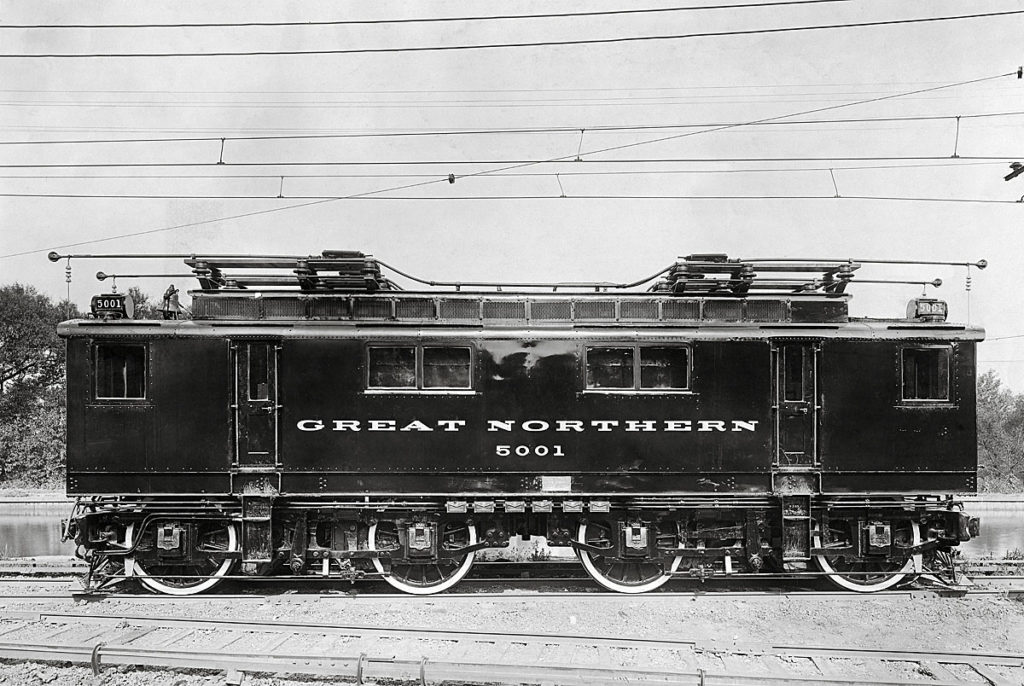
Great Northern Railway used three-phase locomotives in the 1920s. This General Electric locomotive operated with three-phase power. General Electric Q In a September 1999 article in Trains, I read that the Great Northern Cascade Tunnel electrification project was the first and only three-phase A.C. system in America. Was three phase delivered to a moving locomotive? […]
Read More…
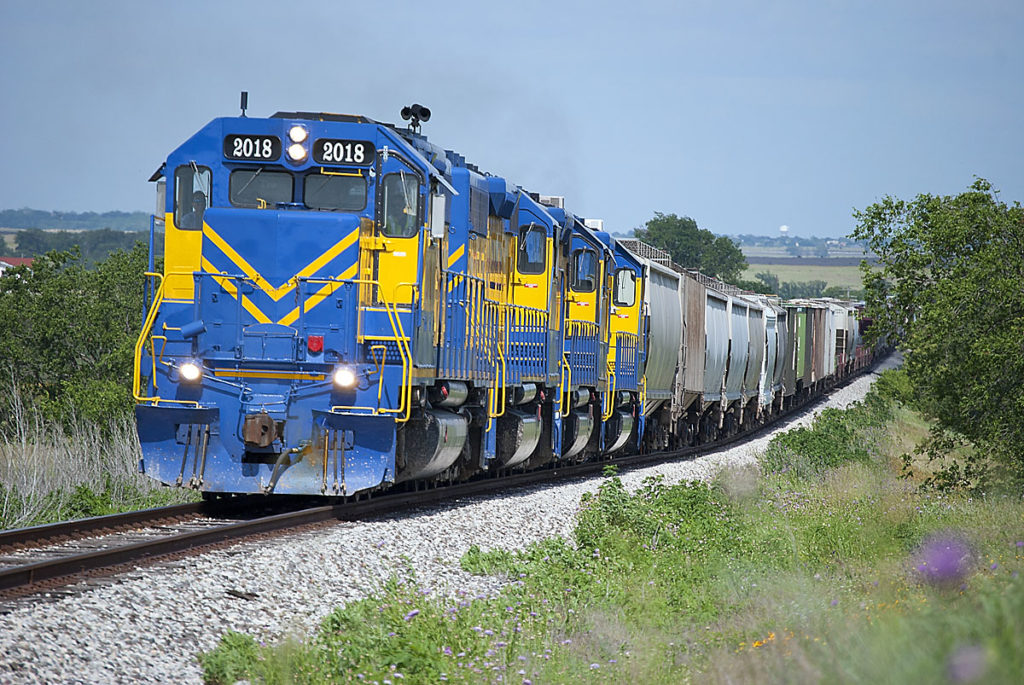
A Fort Worth & Western mixed freight ascends a grade near Cresson, Texas, in May 2013. Steve Sweeney Q Do railroads have formulas managing the length or tonnage of a train based on how many engines are pulling it? What factors would be in such a formula? — Doug Gard, McCordsville, Ind. A Each railroad […]
Read More…
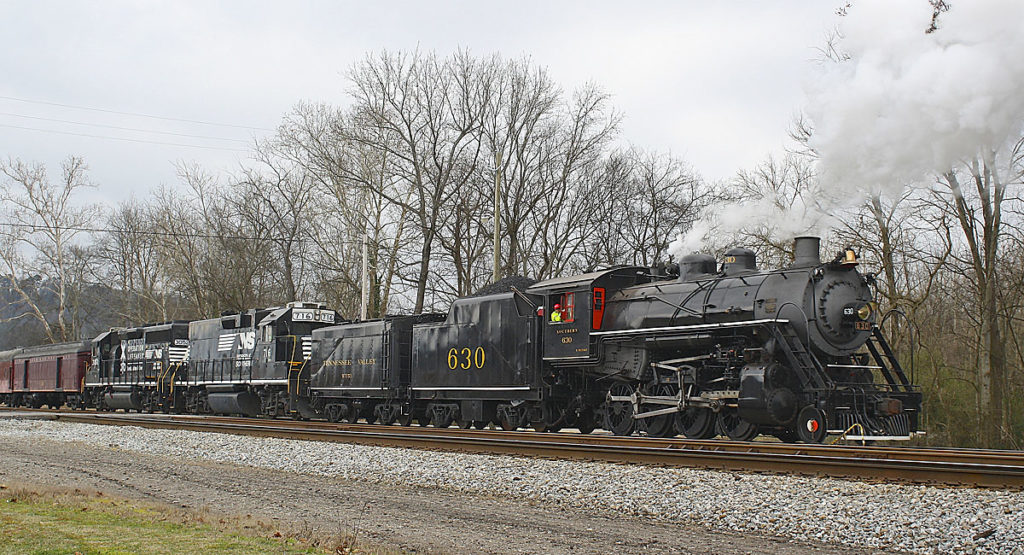
Southern Railway 2-8-0 No. 630 on a Norfolk Southern excursion carries 10,000 gallons of water in its tender and an additional 12,500 gallons in its auxiliary tender to negate the need for additional water between stops. Allyson Praytor Q I saw a television show where steam locomotives were operating with two tenders instead of just […]
Read More…

Erie No. 2603, later No. 5014, was built in 1914 by Baldwin in Philadelphia. None of these 850,000-pound-plus locomotives were preserved. Herb Broadbelt Q With so much talk about Union Pacific’s Big Boy, I was wondering about other North American “big steamers.” Do you know the current location of any of the Erie Railroad’s three […]
Read More…
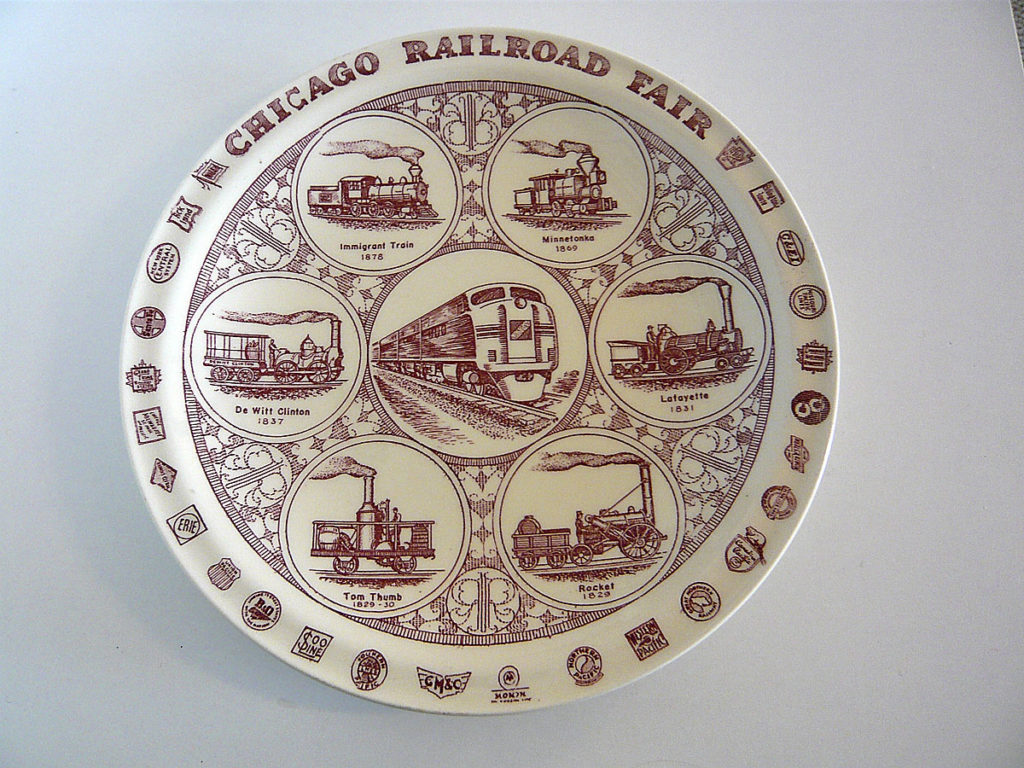
This Chicago Railroad Fair plate commemorates the 1949 industry gathering in Chicago. It is popular, but worth less than $50. Two photos, Peter Smith Q I have been given a nice dining-type plate commemorating the 1949 Chicago Railroad Fair. It is cream-colored with red-brown single-color images of seven period locomotives (for example: Minnetonka, Tom Thumb, […]
Read More…
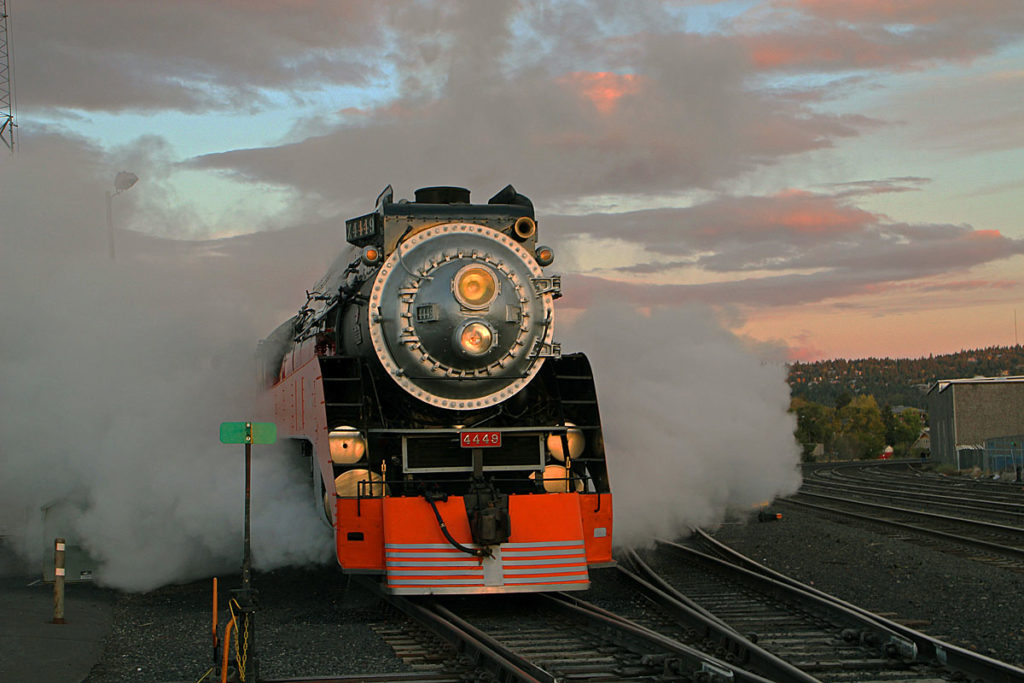
Southern Pacific Daylight 4-8-4 No. 4449 at Bend, Ore., in October 2012. The fog horn is at the top of the smokebox on the fireman’s side, or the right, as you look at the engine. Alex Mayes Q I was watching a video about the Southern Pacific Daylight 4-8-4 No. 4449, and I noticed that […]
Read More…












